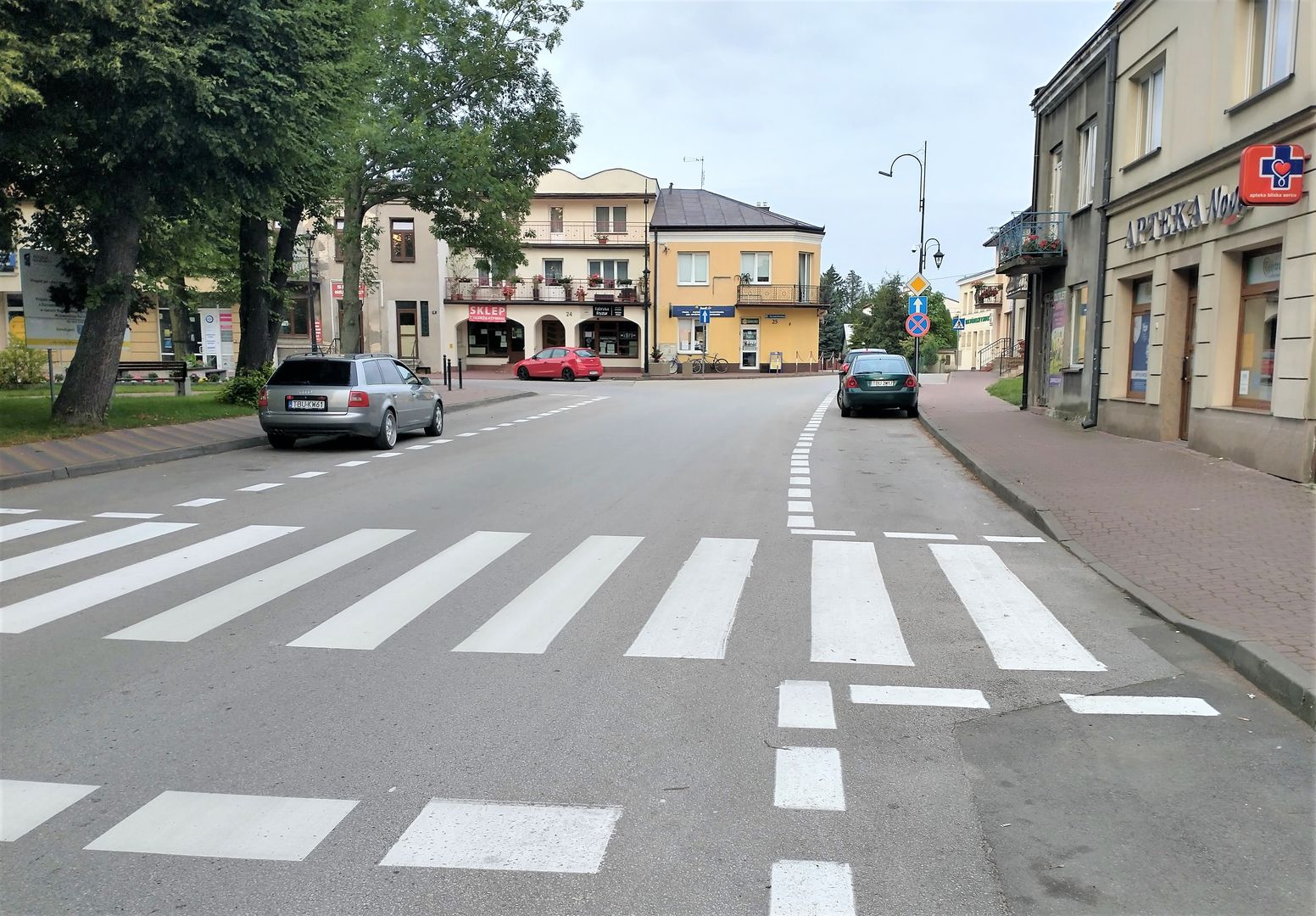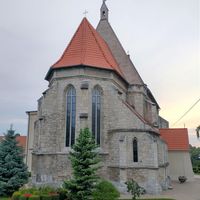Stopnica
6.81

Overview
Stopnica, formerly known as Stobnica, is a town in the Świętokrzyskie Voivodeship, situated on the Pińczów Ridge, with a history dating back to at least the 11th century. For centuries, Stopnica played a significant administrative and commercial role, once serving as a royal town of the Crown of the Kingdom of Poland and a stop along the Jagiellonian Route. Historical records show that the town was known for numerous privileges granted by kings, including market rights obtained as early as the 15th century. In the 16th century, it briefly became a center of Calvinism, although the number of followers declined rapidly.
Architecturally, Stopnica boasts a Gothic church dedicated to St. Peter and Paul from the 14th century, as well as a monastery complex of the Sacred Heart Fathers. Stopnica Castle, built in the early 15th century and repeatedly rebuilt, once served as a royal travel station. Severely damaged during World War II, it lay in ruins for many years until its reconstruction in 2011, when it was transformed into the Municipal Cultural Center.
For centuries, Stopnica was also home to national minorities, particularly Jews, who made up as much as two-thirds of the town's population in the pre-war period. After World War II, their community was completely destroyed. Today, the town is inhabited exclusively by Poles, with Catholicism being the predominant religion.
Culturally, Stopnica has a rich heritage, including traditions and customs associated with local holidays. In 2015, the town regained its municipal rights, and regional programs for cultural and social development in cooperation with residents remain active.
An interesting fact is that during World War I and World War II, Stopnica witnessed numerous dramatic events, including battles and occupations, which left visible marks on the town’s landscape. Despite many challenges, the community continues to cherish its traditions, and the activities of the LKS Piast Stopnica sports club reflect an active sporting life in the area.
Stopnica continues to develop as a place with rich heritage and history, attracting not only local residents but also tourists seeking traces of the past and architectural gems.
Location
You can also find here:
2025 Wizytor | All Rights Reserved
